Exploring the World of PCB Arts: Design, Innovation, and Applications
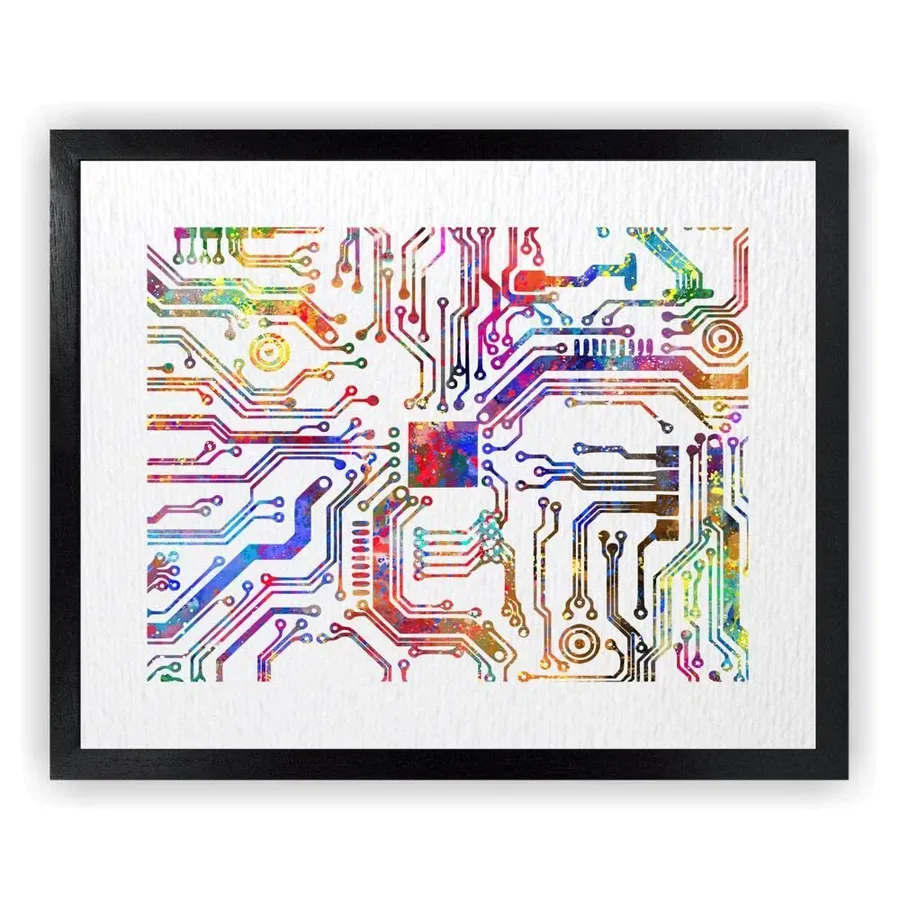
In our increasingly technology-driven world, the intricate beauty and functionality of Printed Circuit Boards (PCBs) often go unnoticed. Yet, these complex, artistic arrangements of components are the backbone of modern electronics. Today, we explore PCB Arts, a company at the forefront of not just producing PCBs, but innovating and designing them for cutting-edge applications. This article unravels their contributions to embedded systems, hardware development, and more, revealing how their artistic approach to electronics is reshaping industries and creating the tech of tomorrow.
What is PCB Arts?

PCB Arts is a technology company specializing in high-end embedded systems and integrated processors, playing a pivotal role in the electronics industry by providing innovative solutions and hardware expertise. Their mission is centered around advancing embedded technology through cutting-edge design and development.
The core of PCB Arts' operations lies in the design and creation of embedded systems, crucial for a wide array of modern electronic devices. They focus on integrated processors which are at the heart of these systems, ensuring that these components work efficiently and reliably. Their focus is on creating systems that are both robust and capable of handling complex computational tasks. The company's commitment to pushing the boundaries of embedded technology positions them as a key player in the electronics sector.
Core Competencies: Embedded Systems and Hardware Development
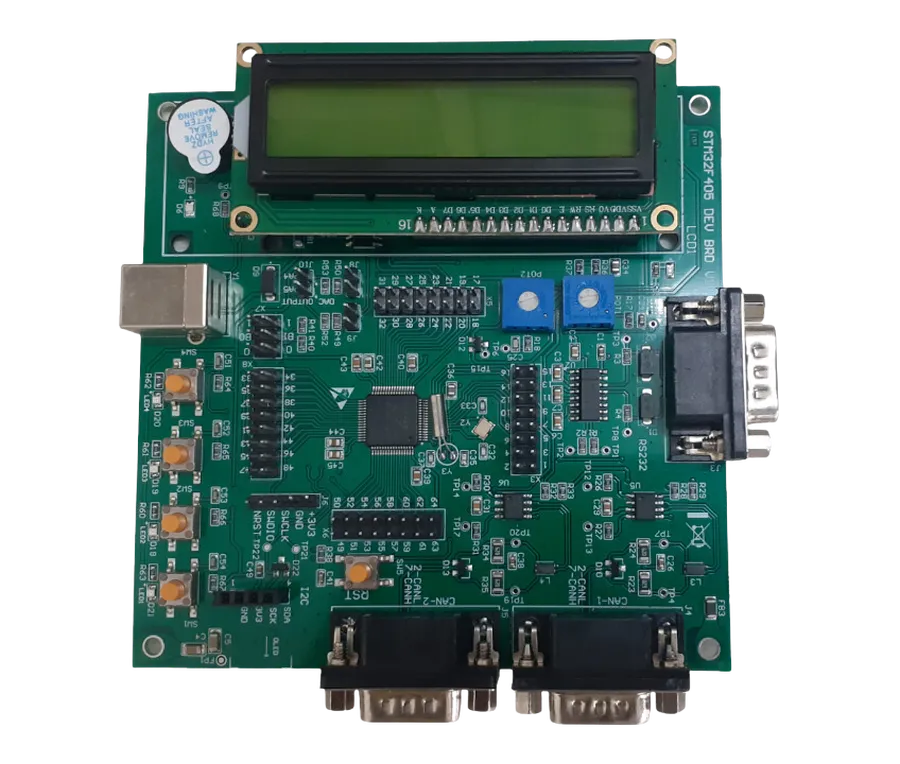
PCB Arts distinguishes itself through its profound expertise in the design and development of sophisticated embedded systems and a wide array of hardware solutions. Their core competency lies in creating systems that are not only highly functional but also scalable and adaptable to various application needs, particularly within the realm of fast and scalable computer vision technologies.
At the heart of their operations is a commitment to delivering robust and efficient embedded systems, achieved through meticulous hardware development processes. This includes a focus on advanced circuit design, the selection of cutting-edge components, and rigorous testing methodologies. By combining these elements, PCB Arts provides clients with hardware solutions that offer both performance and reliability.
| Aspect | Description |
|---|---|
| Embedded System Design | PCB Arts' capabilities range from microcontroller-based systems to advanced multi-processor architectures, tailored for specific application needs. |
| Hardware Development | Involves the complete lifecycle of hardware product development, from concept and design to prototyping, testing, and manufacturing. |
| Fast and Scalable Computer Vision Applications | Expertise in developing hardware capable of high-throughput image and video processing for real-time applications. |
PCB Arts' approach to embedded systems development is characterized by the following key principles:
- Scalability
Designs are created to be easily adaptable to a range of project scales, allowing for modifications based on specific application requirements. - Performance
Embedded systems are built to maximize computational efficiency, critical for applications demanding real-time processing and high-throughput. - Reliability
Rigorous testing and validation processes ensure that each system operates predictably and consistently under varying conditions. - Integration
Emphasis is placed on the seamless integration of hardware and software components to ensure optimal performance and reduce development time.
Vapor Phase Soldering Solutions: A Unique Approach
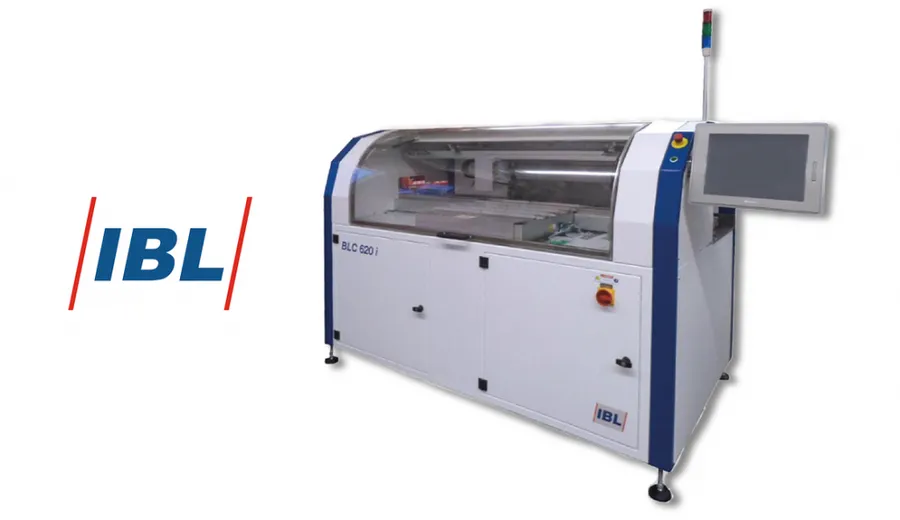
PCB Arts distinguishes itself through its innovative application of vapor phase soldering, a technique that ensures industrial-quality reflow soldering by leveraging a heat transfer mechanism superior to traditional methods. This approach minimizes thermal stress on components and provides uniform heating, which is particularly critical for complex, high-density circuit boards.
| Feature | Vapor Phase Soldering | Traditional Reflow Soldering |
|---|---|---|
| Heat Transfer Mechanism | Condensation of inert vapor | Convection/Infrared Radiation |
| Temperature Uniformity | Highly uniform across the board | Potentially uneven heating |
| Thermal Stress | Minimized due to controlled heating | Higher risk of thermal shock |
| Suitability for Complex Boards | Ideal for high-density, intricate designs | May present challenges for complex boards |
| Inert Atmosphere | Yes, prevents oxidation | Often requires a separate inerting process |
The key advantage of vapor phase soldering lies in its use of a saturated vapor at its boiling point, which is meticulously chosen to match the solder's melting point. When the circuit board is immersed in this vapor, the heat is transferred uniformly across the entire assembly, resulting in consistent solder joints. This process is particularly important for high-reliability applications where joint integrity is paramount. Unlike convection or infrared reflow, the vapor phase method inherently limits the temperature of the circuit board to the vapor's boiling point, preventing overheating and related damage.
PCB Arts Products and Services
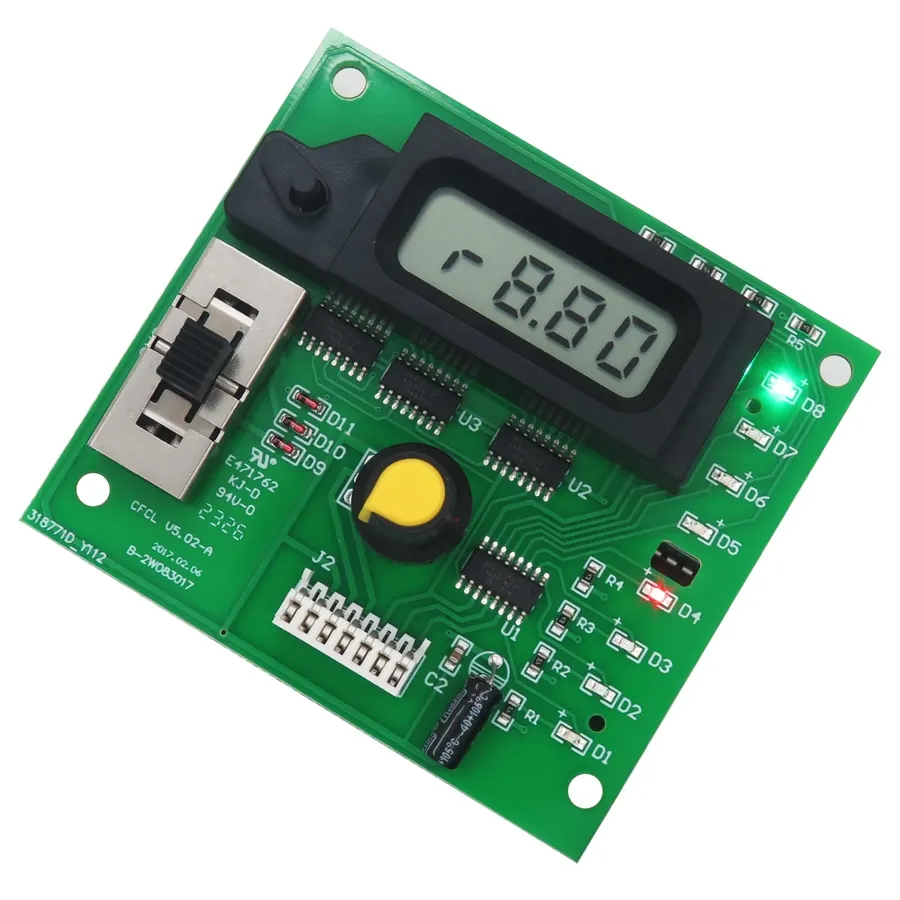
PCB Arts distinguishes itself as a comprehensive solution provider, offering a diverse portfolio of products and services that span the entire spectrum of electronics development. This holistic approach ensures clients benefit from streamlined processes, from initial concept to final product, positioning PCB Arts as a singular destination for varied technological needs.
| Product/Service Category | Description | Key Features |
|---|---|---|
| Electronic Development | Design and development of electronic circuits and systems. | Customizable solutions, High-performance designs, Expertise in analog and digital systems. |
| Embedded Systems Development | Designing, developing, and optimizing embedded software and hardware. | Real-time systems, Low-power design, Firmware optimization, Integration with various microcontrollers. |
| Software Solutions | Development of tailored software applications for diverse electronic devices and systems. | Application-specific development, Cross-platform compatibility, User-friendly interfaces, Robust data handling. |
| Computer Vision Applications | Developing fast and scalable computer vision software and hardware for various applications. | Real-time processing, Deep learning algorithms, High-resolution image processing. |
| Vapor Phase Soldering Services | Utilizing advanced vapor phase soldering technology for high-quality reflow soldering. | Precise temperature control, Consistent solder joints, Ideal for complex boards, Reduces component stress. |
The synergy between these offerings allows PCB Arts to deliver integrated solutions, reducing complexities for their clients and ensuring a seamless development process. This end-to-end capability underscores their commitment to innovation and customer satisfaction.
Applications of PCB Arts Technology
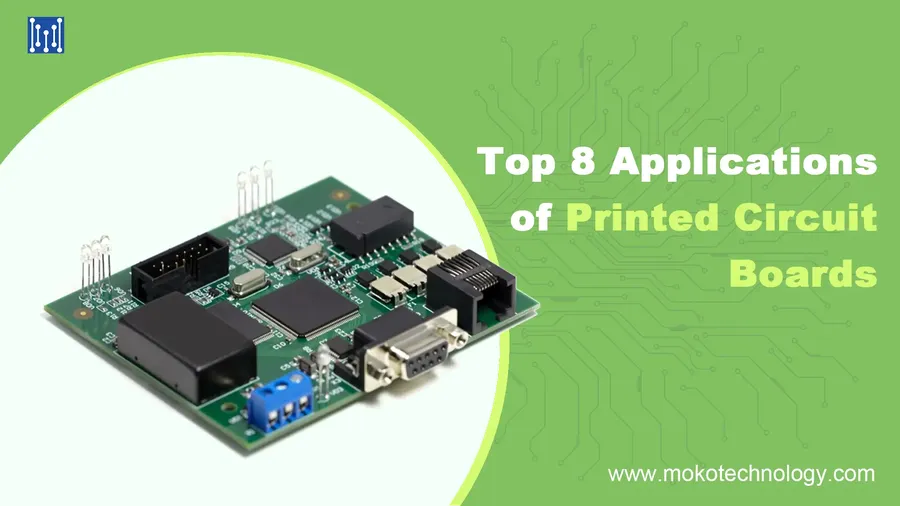
PCB Arts' technology finds applications across a diverse range of industries, demonstrating its versatility and impact. Their solutions, characterized by high-end embedded technology and integrated processors, are crucial in both commercial and industrial sectors.
- Commercial Applications
In the commercial sector, PCB Arts' technology enables the development of advanced consumer electronics. This includes high-performance embedded systems in devices such as smart home appliances, wearable technologies, and sophisticated retail equipment. These applications leverage PCB Arts' expertise in fast and scalable computer vision for enhancing user experiences and operational efficiency. For instance, facial recognition in access control systems, or real-time image processing in automated checkout systems. - Industrial Applications
In the industrial realm, PCB Arts' solutions are integral to automation, control, and monitoring systems. Their robust embedded systems are used in manufacturing equipment, robotics, and industrial control panels. The ability to provide high-quality reflow soldering using their vapor phase technology ensures the reliability required in harsh industrial settings. Their technology also supports the development of sophisticated sensor systems for process monitoring, contributing to improved productivity and reduced operational costs. - Emerging Sectors
PCB Arts technology is also instrumental in emerging sectors like AI and IoT, where their high-end embedded systems are crucial for developing innovative solutions. They provide the foundational hardware for IoT devices and AI-driven systems that are rapidly changing both industrial and commercial landscapes. This includes edge computing devices that process data locally, reducing latency and improving response times in IoT applications and AI-driven diagnostic tools.
These applications demonstrate PCB Arts' commitment to providing technologically advanced, reliable, and scalable solutions across a broad spectrum of industries. The company's holistic approach enables it to seamlessly address complex challenges and contribute significantly to both commercial and industrial advancements.
PCB Arts in the Community: Open Source and Collaboration
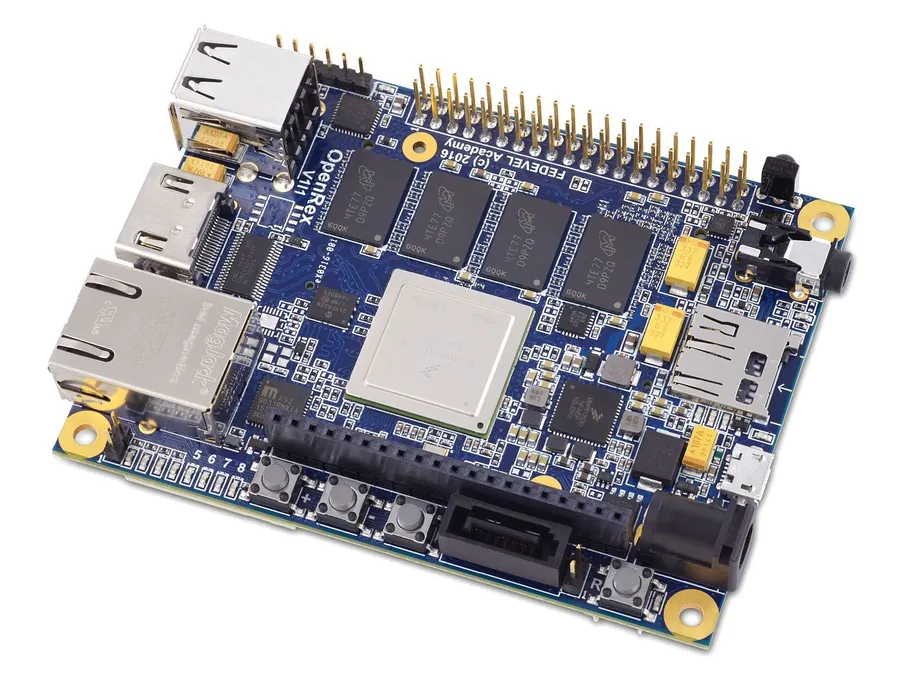
PCB Arts actively engages with the broader technology community through open-source projects and collaborative initiatives, demonstrating a commitment to shared innovation and knowledge dissemination. Their involvement extends beyond proprietary solutions, fostering a culture of contribution and advancement within the electronics development landscape.
A significant aspect of PCB Arts' community engagement is their participation in open-source projects. By contributing to and leveraging open-source resources, they not only enhance their own capabilities but also promote transparency and accessibility within the industry. This approach allows for collaborative problem-solving and accelerates the pace of technological advancement.
Furthermore, PCB Arts maintains an active presence on GitHub, a leading platform for software development and collaboration. This presence serves as a vital hub for sharing code, engaging with developers, and receiving valuable feedback on their work. The collaborative approach ensures that solutions are continuously improved through community input and diverse perspectives.
The Future of PCB Arts: Innovation and Growth
PCB Arts is positioned to be a significant driver of innovation in electronics design and hardware development. Their trajectory points towards continued expansion in their core competencies, with potential advancements in embedded systems, computer vision applications, and vapor phase soldering technologies. This section explores their future plans, potential advancements, and their expected role in the electronics industry.
Looking ahead, PCB Arts' innovation is expected to focus on several key areas:
- Advanced Embedded Systems
Future developments are likely to center on more sophisticated embedded systems capable of handling complex data processing, and seamless integration with IoT devices. This includes optimizing energy consumption and processing power. - Enhanced Computer Vision Capabilities
Building upon their existing expertise, PCB Arts is likely to pursue improvements in real-time computer vision applications with higher resolution, faster processing speeds, and improved accuracy, essential for applications like autonomous systems, security, and industrial automation. - Next-Generation Vapor Phase Soldering
Continued refinements to their vapor phase soldering technology are anticipated, potentially leading to more efficient, cost-effective, and environmentally friendly solutions. This might include research into new inert fluids or more precise control systems. - AI and Machine Learning Integration
Expect to see an increasing integration of AI and Machine learning, in their products and services, allowing for automated design processes, predictive maintenance, and smarter devices.
The growth trajectory for PCB Arts is anticipated to be steep. This growth is expected to be fueled by:
- Strategic Partnerships
Increased collaboration with industry leaders, research institutions, and other technology companies to enhance their technological reach. - Market Expansion
Targeting emerging markets and broadening their customer base, both geographically and within industry sectors. - R&D Investment
Continued investment in research and development to maintain a competitive edge and to bring cutting-edge solutions to market. - Focus on Sustainability
Adopting environmentally responsible practices in all areas of operation, from design to manufacturing, to ensure long-term ecological viability.
Frequently Asked Questions About PCB Arts and Their Technologies
This section addresses common queries regarding PCB Arts, offering clarity on their operations, product range, and typical client interactions. We aim to provide concise and informative answers to frequently asked questions, ensuring a comprehensive understanding of PCB Arts' role in the electronics industry.
- What is PCB Arts' primary geographic focus?
PCB Arts operates globally, serving clients across various regions. While they do not have a specific geographic concentration, their solutions and services are designed to meet the diverse needs of international markets. - Can you provide details on PCB Arts' specific product lines?
PCB Arts offers a comprehensive range of products, including custom embedded systems, hardware solutions for computer vision, and vapor phase soldering equipment. They provide both individual products and integrated solutions that combine hardware and software, tailored to client specifications. - What types of clients does PCB Arts typically serve?
PCB Arts caters to a wide array of clients, encompassing startups, small and medium-sized enterprises (SMEs), and large corporations across multiple sectors. Their client base includes firms focused on industrial automation, consumer electronics, medical technology, and other tech-driven industries. - Does PCB Arts offer custom solution development?
Yes, PCB Arts specializes in custom solution development. Their expertise in embedded systems and hardware allows them to tailor solutions to meet specific client needs and industry requirements, incorporating both hardware design and software integration. - What is the significance of vapor phase soldering in PCB Arts' work?
Vapor phase soldering is crucial for ensuring high-quality reflow soldering, particularly for complex boards with sensitive components. PCB Arts utilizes this technology to minimize thermal stress on parts, resulting in more reliable and durable end products, which is critical in industrial applications. - How does PCB Arts approach open-source collaboration?
PCB Arts actively participates in open-source initiatives, sharing relevant design and code contributions. Their GitHub presence and involvement in community projects demonstrate their collaborative approach to advancing technology, fostering innovation through shared knowledge. - What differentiates PCB Arts from other electronics design firms?
PCB Arts distinguishes itself through its holistic approach, integrating embedded systems design, hardware development, and advanced soldering solutions. Their emphasis on customizability, vapor phase soldering, and open-source contributions sets them apart in the industry, providing unique benefits to their clients.
PCB Arts isn't just a company; it's a testament to the artistic ingenuity that fuels technological progress. From their precise vapor-phase soldering techniques to their innovative hardware solutions for computer vision, PCB Arts is proving that the seemingly mundane world of circuit boards can be a canvas for creative problem-solving. By embracing a collaborative, open-source approach, they’re not only shaping the future of electronics but also inviting others to join in the process. As they continue to innovate and expand, the impact of PCB Arts on the global electronics landscape will only continue to grow, reminding us that at the heart of every great technology is often a great piece of PCB art.
 AnyPCBA
AnyPCBA